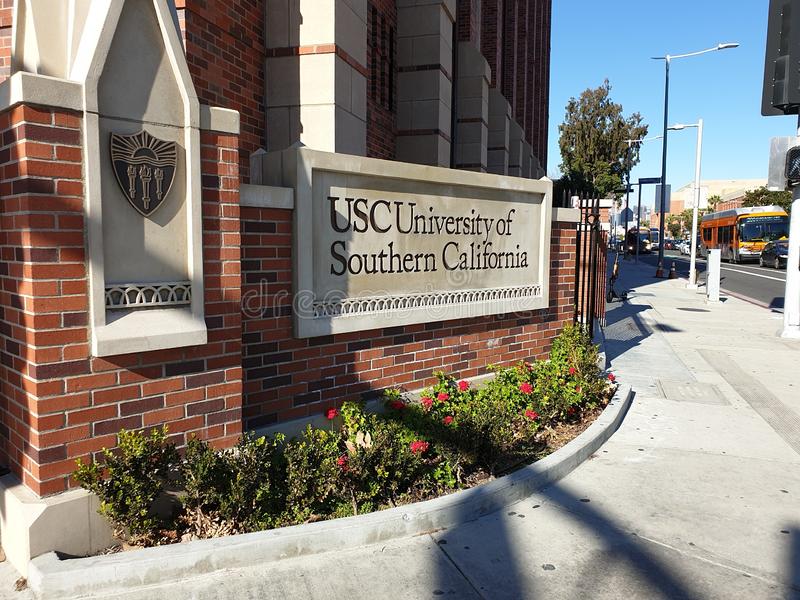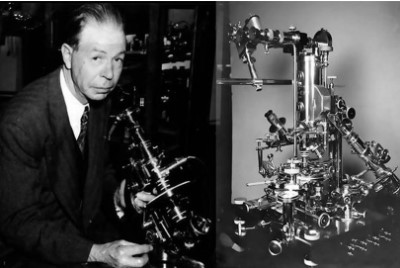Without exception, a visionary, and his theories, in some cases, discredited due to powerful economic interests. Recently, however, many of them have gained strength. Below is a summary of this scientist’s work and draw your own conclusions.
Royal Raymond Rife was a brilliant scientist who was born in 1888 and died in 1971. After studying at Johns Hopkins University, Rife developed a technology that is still commonly used today in the fields of optics, electronics, radiochemistry, biochemistry, ballistics and aviation.
It is a fair statement to say that Rife practically developed bioelectric medicine on its own. He received 14 major awards and honors and received an honorary doctorate from the University of Heidelberg for his work. During the 66 years that Rife has devoted himself to designing and building medical instruments, he has worked for Zeiss Optics, the US Government, and several private benefactors. The most notable was Timkin’s millionaire Henry Timkin.
Due to the fact that Rife was self-taught in so many different fields, he intuitively sought his answers in areas beyond the rigid scientific framework of his day. He had mastered so many different disciplines that he literally had at his intellectual disposal the skills and knowledge of a whole team of scientists and technicians from a number of different scientific fields. So whenever new technology was needed to perform a new task, Rife simply invented and built it himself. Rife’s inventions include a heterodyne ultraviolet microscope, a micro-dissection, and a micro-manipulator.
By 1920, Rife had finished building the world’s first virus microscope. In 1933, he perfected the technology and had built an incredibly complex Universal Microscope, which had about 6,000 different parts and was capable of magnifying objects 60,000 times their normal size. With this incredible microscope, Rife became the first human to actually see a live virus, and until very recently, the Universal Microscope was the only one that was able to do so. Modern electron microscopes instantly kill everything below them, seeing only the mummified remains. What Rife’s microscope can see is the bustling activity of live viruses, as they change shape to accommodate changes in the environment, replicate quickly in response to carcinogens, and transform normal cells into tumor cells.
But how was Rife able to do that, at a time when electronics and medicine were still just evolving?
Here are some technical details to appease skeptics. Rife was able to identify the individual spectroscopic signature of each microbe using a slit spectroscope accessory. Then, he slowly rotated quartz block prisms to focus light of a single wavelength on the microorganism he was examining.
This wavelength was selected because the spectroscopic signature resonance frequency of the microbe based on the fact now established that each molecule oscillates its own distinct frequency. The atoms that come together to form a molecule are held together, in a molecular configuration with a covalent bond of energy that emits and absorbs its own specific electromagnetic frequency. No two types of molecules have the same electromagnetic oscillations or energy signature. The result of using a resonance wavelength is that microorganisms that are not visible with white light suddenly become visible in a flash of bright light when they are exposed to the color frequency that resonates with their distinct spectroscopy signature.
Rife was therefore able to see these invisible organisms in another way and assist them in actively invading tissue cultures. Rife’s discovery allowed him to see organisms that no one else could see with ordinary microscopes. Such discoveries made Rife a visionary scientist. It took Rife many years to discover the frequencies that specifically destroyed herpes, polio, spinal meningitis, tetanus, influenza and an immense number of other organisms that cause dangerous diseases.

In 1934, the University of Southern California formed a special medical research committee to bring terminal cancer patients from Pasadema County Hospital to the Rife laboratory and clinic in San Diego for treatment. The team included recognized doctors and pathologists to examine patients – if still alive – in 90 days. After 90 days of treatment, the committee concluded that 86.5% of patients had been completely cured. The treatment was then adjusted and the remaining 13.5% also reacted within the next 4 weeks.
The total recovery rate using Rife’s technology was 100%. On November 20, 44 of the country’s most respected medical authorities honored Rife with a banquet announcing “the end of all disease” under the care of Dr. Milbank Johnson in Pasadema. But in 1939, almost all of these distinguished doctors and scientists denied the meeting.
From then on, Rife found himself involved in a sequence of events that culminated in his personal and professional decline, but his work is still seen today as innovative and deserves to be studied further.

